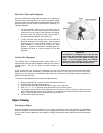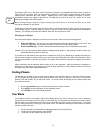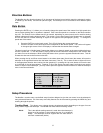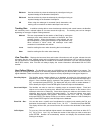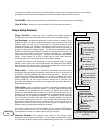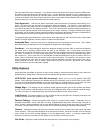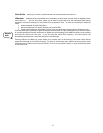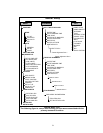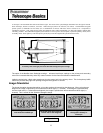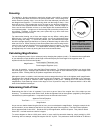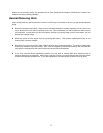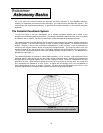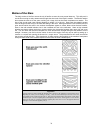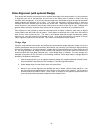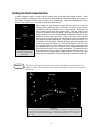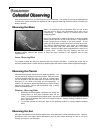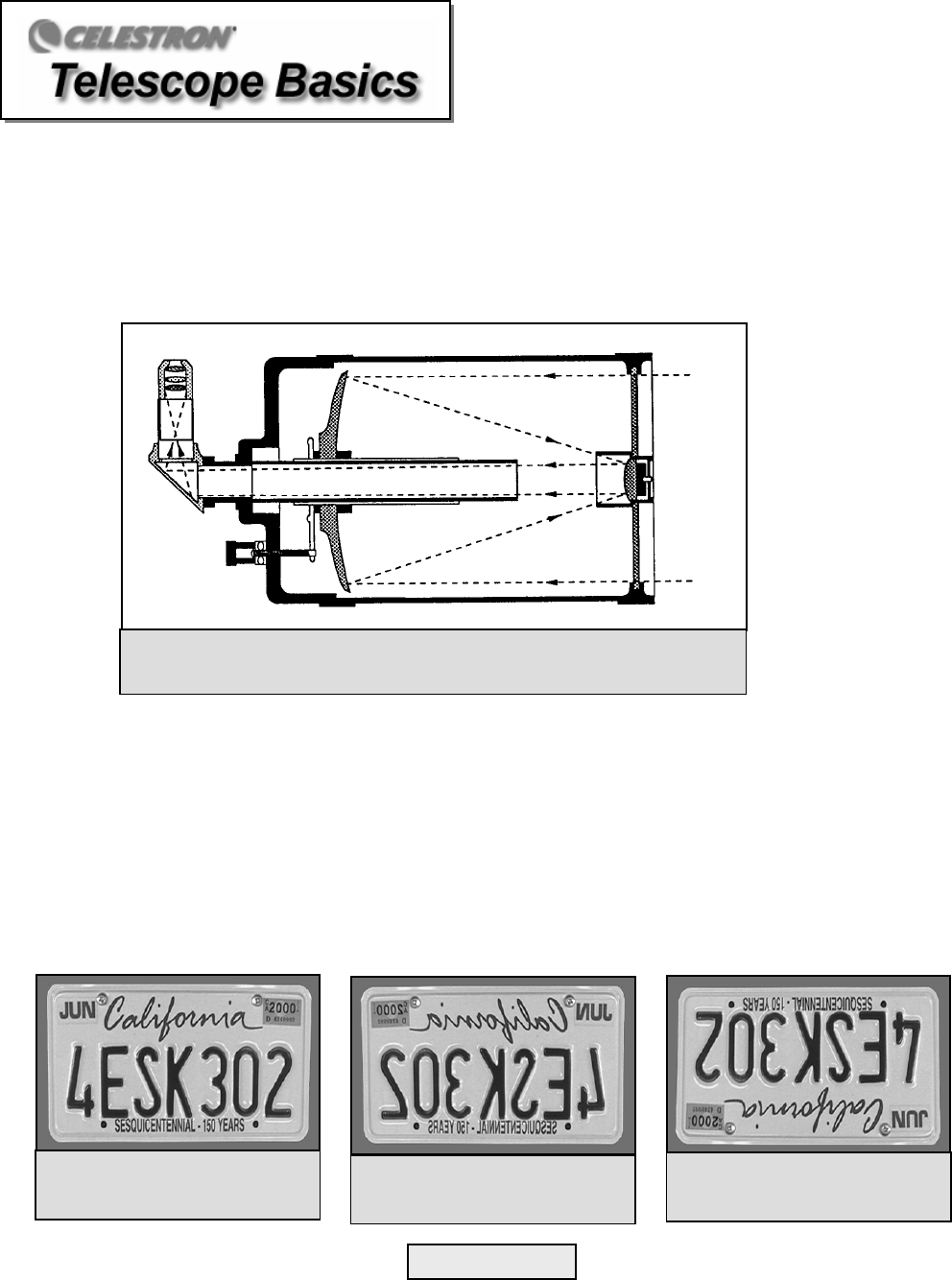
25
Figure 3-1
A
A
c
c
u
u
t
t
a
a
w
w
a
a
y
y
v
v
i
i
e
e
w
w
o
o
f
f
t
t
h
h
e
e
l
l
i
i
g
g
h
h
t
t
p
p
a
a
t
t
h
h
o
o
f
f
t
t
h
h
e
e
S
S
c
c
h
h
m
m
i
i
d
d
t
t
-
-
C
C
a
a
s
s
s
s
e
e
g
g
r
r
a
a
i
i
n
n
o
o
p
p
t
t
i
i
c
c
a
a
l
l
d
d
e
e
s
s
i
i
g
g
n
n
Actual image orientation as
seen with the unaided eye
Inverted image, as viewed with
the eyepiece directly in
telescope
Reversed from left to right, as
viewed with a Star Diagonal
A telescope is an instrument that collects and focuses light. The nature of the optical design determines how the light is focused.
Some telescopes, known as refractors, use lenses. Other telescopes, known as reflectors, use mirrors. The Schmidt-Cassegrain
optical system (or Schmidt-Cass for short) uses a combination of mirrors and lenses and is referred to as a compound or
catadioptric telescope. This unique design offers large-diameter optics while maintaining very short tube lengths, making them
extremely portable. The Schmidt-Cassegrain system consists of a zero power corrector plate, a spherical primary mirror, and a
secondary mirror. Once light rays enter the optical system, they travel the length of the optical tube three times.
The optics of the NexStar have Starbright coatings - enhanced multi-layer coatings on the primary and secondary
mirrors for increased reflectivity and a fully coated corrector for the finest anti-reflection characteristics.
Inside the optical tube, a black tube extends out from the center hole in the primary mirror. This is the primary baffle
tube and it prevents stray light from passing through to the eyepiece or camera.
I
I
m
m
a
a
g
g
e
e
O
O
r
r
i
i
e
e
n
n
t
t
a
a
t
t
i
i
o
o
n
n
The image orientation changes depending on how the eyepiece is inserted into the telescope. When using the star
diagonal, the image is right-side-up, but reversed from left-to-right (i.e., reverted). If inserting the eyepiece directly
into the visual back (i.e., without the star diagonal), the image is upside-down and reversed from left-to-right (i.e.,
inverted). This is normal for the Schmidt-Cassegrain design.
Fi
g
ure 3-2



